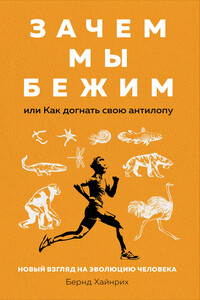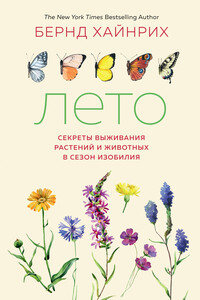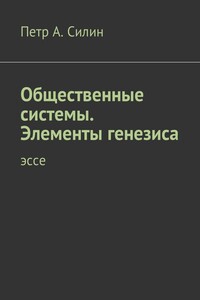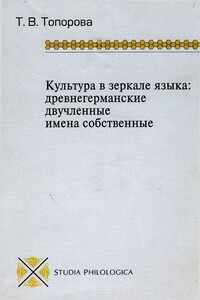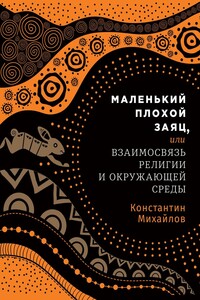T. G. Pluto and E. D. Bellis. (1988). Seasonal and annual movements of riverine map turtles, Graptemys geographica // J. Herpet. 22. P. 152–158.
G. R. Ultsch. (1985). The viability of nearctic freshwater turtles submerged in anoxia and normoxia at 3 and 10 °C // Comp. Biochem. Physiol. 81(3). P. 607–611.
_. (1988). Blood gases, hematocrit, plasma ion concentrations, and acid-base status of musk turtles (Sternotherus odoratus) during simulated hibernation // Physiol. Zool. 61(1). P. 78–94.
G. R. Ultsch and D. C. Jackson. (1982). Long-term submergence at 3 °C of the turtle, Chrysemys picta bellii, in normoxic and severely hypoxic water. I. Survival, gas exchange and acid-base status // J. Exp. Biol. 96. P. 11–18.
G. R. Ultsch and D. Lee. (1983). Radiometric observations of wintering snapping turtles (Chelydra serpentina) in Rhode Island // J. Alabama Acad. Sci. 54(4). P. 200–206.
G. R. Ultsch, C. V. Herbert and D. C. Jackson. (1984). The comparative physiology of diving in North American freshwater turtles. I. Submergence tolerance, gas exchange, and acid-base balance // Physiol. Zool. 57. P. 620–631.
G. R. Ultsch, R. W. Hanley and T. R. Bauman. (1985). Responses to anoxia during simulated hibernation in northern and southern painted turtles // Ecology. 66. P. 388–395.
G. R. Ultsch, M. E. Carwile, C. E. Crocker and D. C. Jackson. (1999). The physiology of hibernation among painted turtles: The Eastern painted turtle Chrysemys picta picta // Physiol. Biochem. Zool. 72(4). P. 493–501.
12. Водные грызуны во льдах
R. C. Bazin and R. A. MacArthur. (1992). Thermal benefits of huddling in the muskrat (Ondatra zibethicus) // J. Mammal. 73(3). P. 559–564.
J. Bovet and E. F. Oertli. (1974). Free-running circadian activity rhythms in free-living beaver (Castor canadensis) // J. Comp. Physiol. 92. P. 1–10.
W. A. Calder. (1969). Temperature relations and underwater endurance of the smallest homeothermic diver, the water shrew // Comp. Biochem. Physiol. 30. P. 1075–1082.
B. Heinrich. (1984). Strategies of thermoregulation and foraging in two wasps, Dolichovespula maculate and Vespula vulgaris // J. Comp. Physiol. B. 154. P. 175–180.
R. A. MacArthur. (1979). Seasonal patterns of body temperature and activity in free-ranging muskrats (Ondatra zibethicus) // Can. J. Zool. 57. P. 25–33.
_. (1984a). Microenvironment gas concentrations and tolerance to hypercapnia in the muskrat (Ondatra zibethicus) // Physiol. Zool. 57(1). P. 85–98.
_. (1984b). Aquatic thermoregulation in the muskrat (Ondatra zibethicus): Energy demands of swimming and diving // Can. J. Zool. 62. P. 241–248.
_. (1992a). Foraging range and aerobic endurance of muskrats diving under the ice // J. Mammal. 73(3). P. 565–569.
_. (1992b). Gas bubble release by muskrats diving under ice: Lost gas or a potential oxygen pool? // J. Zool. Lond. 226. P. 151–164.
R. A. MacArthur, M. M. Humphries and D. Jeske. (1997). Huddling behavior and the foraging efficiency of muskrats // J. Mammal. 78(3). P. 850–858.
D. W. Smith, R. O. Peterson, T. D. Drummer and D. S. Sheputis. (1991). Over-wintering activity and body temperature patterns in northern beavers // Can. J. Zool. 69. P. 2178–2182.
D. W. Smith, T. D. Drummer and R. Peterson. (1994). Reply – studies of beaver activity and body temperature in a historical perspective // Can. J. Zool. 1994. 72. P. 567–569.
13. Замороженные лягушки на льду
P. J. Bentley. (1996). Adaptations of Amphibia to arid environments // Science. 152. P. 619–623.
J. Burrough. (1951). A sharp lookout // F. A. Wiley (ed.). John Burrough’s America. New York: Devia-Adair Co.
W. D. Schmid. (1965). Some aspects of the water economics of nine species of amphibians // Ecology. 46. P. 261–269.
_. (1982). Survival of frogs in low temperature // Science. 215. P. 697–698.
K. B. Storey and J. M. Storey. (1984). Biochemical adaptation for freezing tolerance in the wood frog, Rana sylvatica // J. Comp. Physiol. B. 155. P. 29–36.
_. (1985). Adaptations of metabolism for freeze tolerance in the gray tree frog, Hyla versicolor
